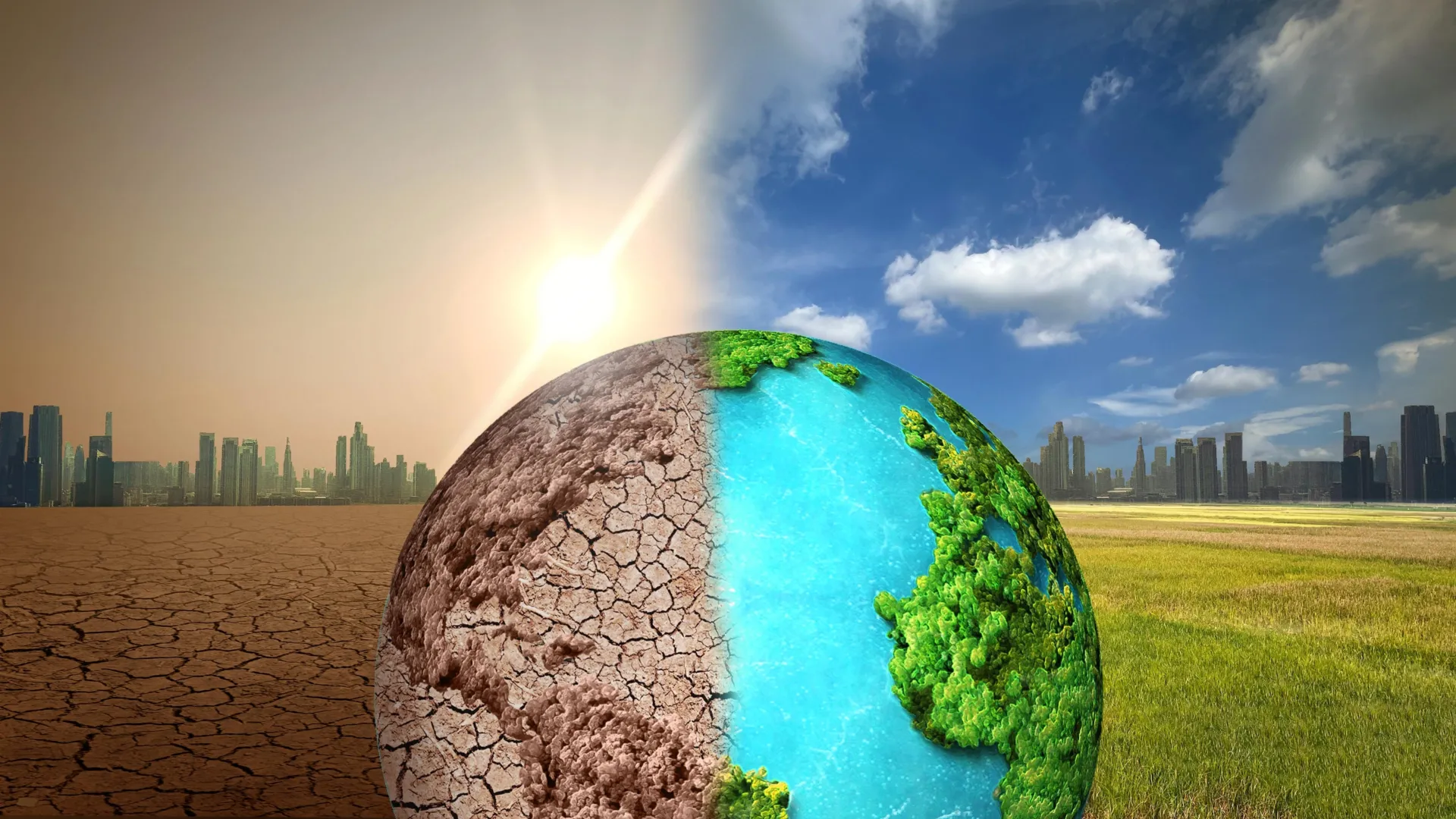Ozone recovery could trigger 40% more global warming than predicted
- Date:
- August 22, 2025
- Source:
- University of Reading
- Summary:
- As the ozone layer recovers, it’s also intensifying global warming. Researchers predict that by 2050, ozone will rank just behind carbon dioxide as a driver of heating, offsetting many of the benefits from banning CFCs.
- Share:

The world will warm more than expected due to future changes in ozone, which protects Earth from harmful sun rays but also traps heat as it is a greenhouse gas.
While banning ozone-destroying gases such as CFCs has helped the ozone layer to recover, when combined with increased air pollution the impact of ozone could warm the planet 40% more than originally thought.
A new study led by the University of Reading found that from 2015 to 2050, ozone is expected to cause 0.27 watts per square meter (Wm⁻²) of extra warming. This figure -- which measures how much extra energy gets trapped per square metre of Earth's surface -- would make ozone the second largest contributor to future warming by 2050 after carbon dioxide (1.75 Wm⁻² of extra warming).
Professor Bill Collins, lead author from the University of Reading, said: "Countries are doing the right thing by continuing to ban chemicals called CFCs and HCFCs that damage the ozone layer above Earth. However, while this helps repair the protective ozone layer, we have found that this recovery in ozone will warm the planet more than we originally thought.
"Air pollution from vehicles, factories and power plants also creates ozone near the ground, causing health problems and warming the planet."
Simulating the atmosphere
The research, published on August 21 in Atmospheric Chemistry and Physics, used computer models to simulate how the atmosphere will change by the middle of the century. The models followed a scenario with low implementation of air pollution controls, but with CFCs and HCFCs being phased out as mandated by the Montreal Protocol (1987).
The findings show that stopping CFC and HCFC production -- done mainly to protect the ozone layer -- provides less climate benefit than previously calculated. CFCs and HCFCs are greenhouse gases that warm the planet. Countries banned them to save the ozone layer, expecting this would also help fight climate change. But as the ozone layer heals, it creates more warming that cancels out most of the climate benefits from removing CFCs and HCFCs.
Countries that reduce air pollution will limit some ozone formation near the ground. However, the ozone layer will continue repairing itself for decades regardless of air quality policies, creating unavoidable warming.
Protecting the ozone layer remains crucial for human health and preventing skin cancer. The ozone layer shields Earth from dangerous ultraviolet radiation that can harm people, animals and plants. However, the research suggests climate policies need updating to account for ozone's larger warming effect.
Story Source:
Materials provided by University of Reading. Note: Content may be edited for style and length.
Journal Reference:
- William J. Collins, Fiona M. O\'Connor, Rachael E. Byrom, Øivind Hodnebrog, Patrick Jöckel, Mariano Mertens, Gunnar Myhre, Matthias Nützel, Dirk Olivié, Ragnhild Bieltvedt Skeie, Laura Stecher, Larry W. Horowitz, Vaishali Naik, Gregory Faluvegi, Ulas Im, Lee T. Murray, Drew Shindell, Kostas Tsigaridis, Nathan Luke Abraham, James Keeble. Climate forcing due to future ozone changes: an intercomparison of metrics and methods. Atmospheric Chemistry and Physics, 2025; 25 (16): 9031 DOI: 10.5194/acp-25-9031-2025
Cite This Page: